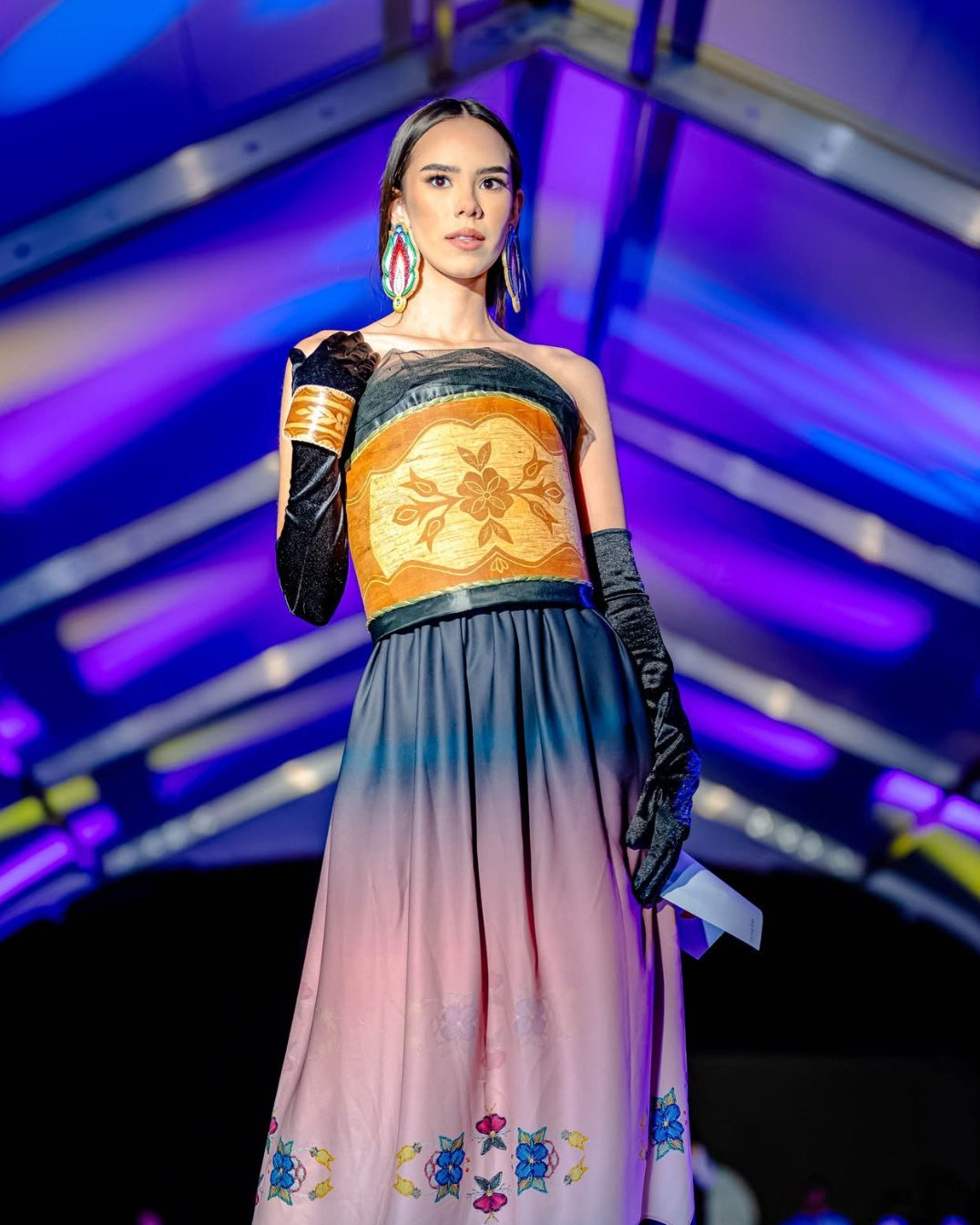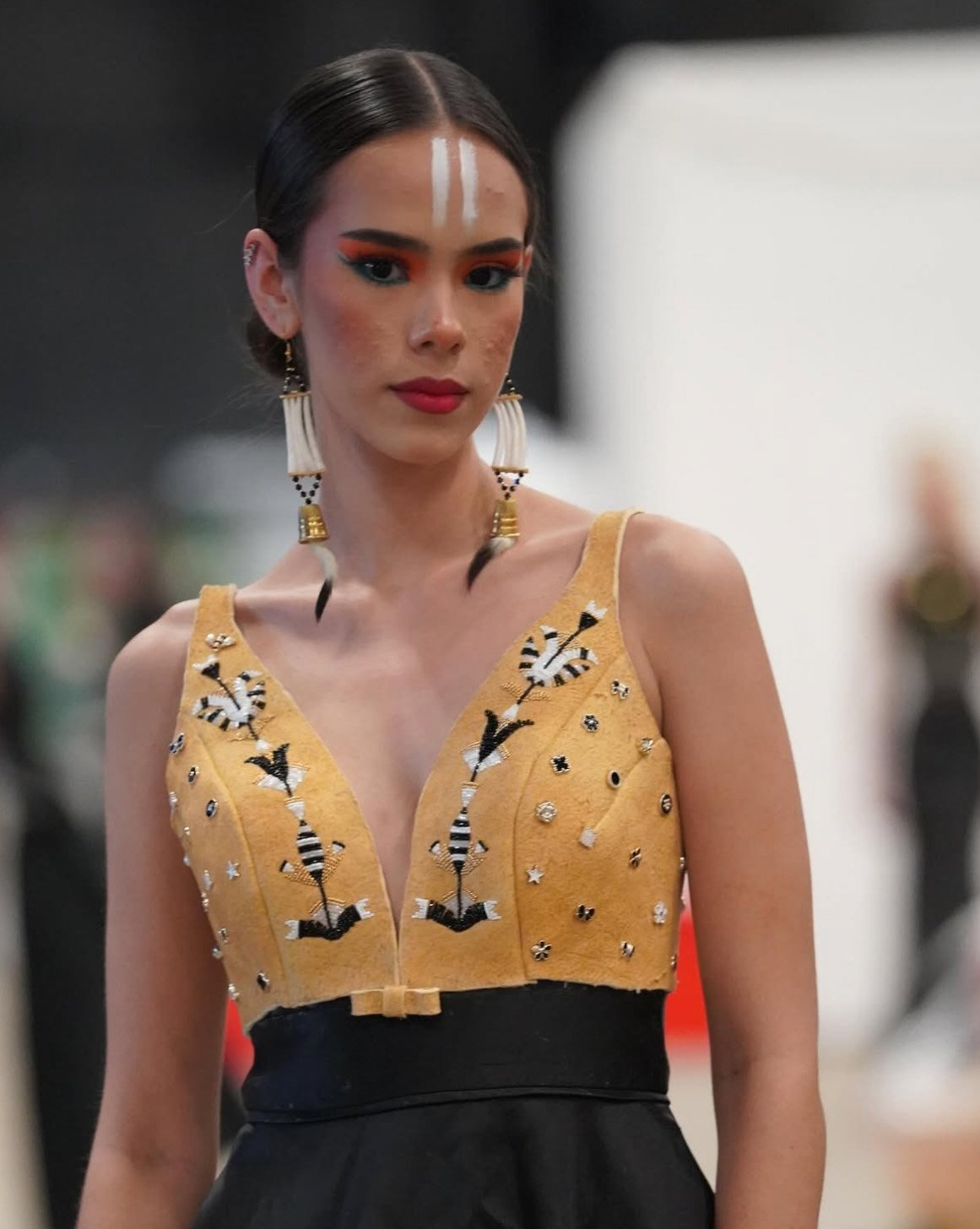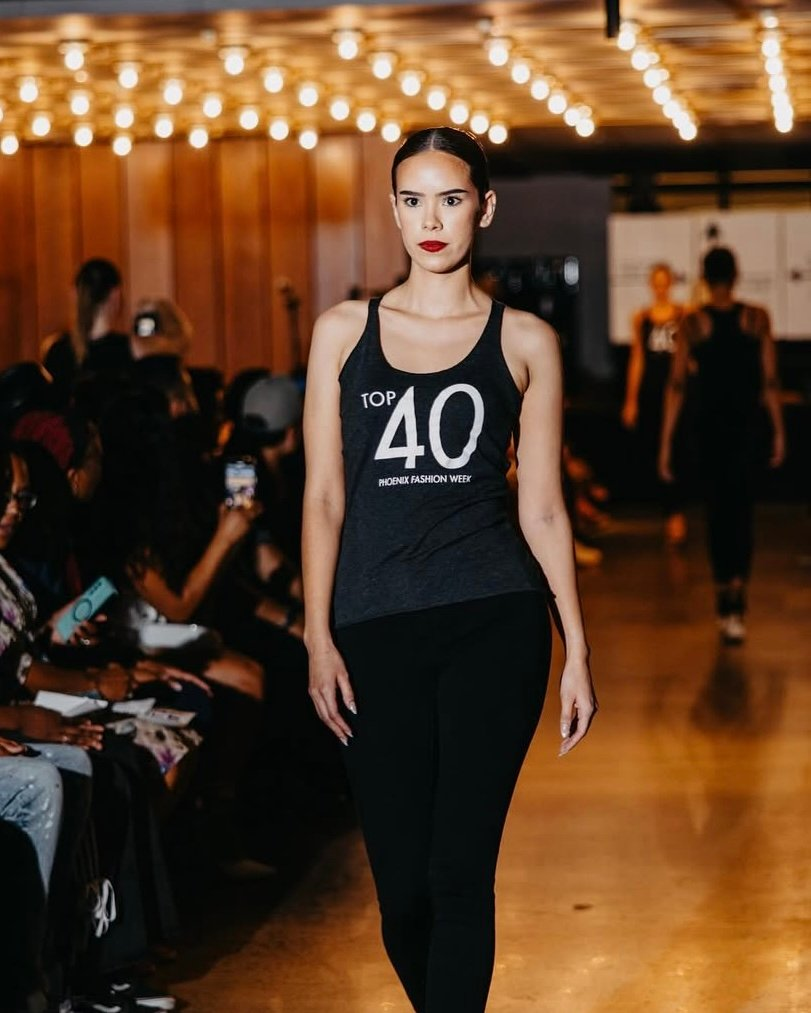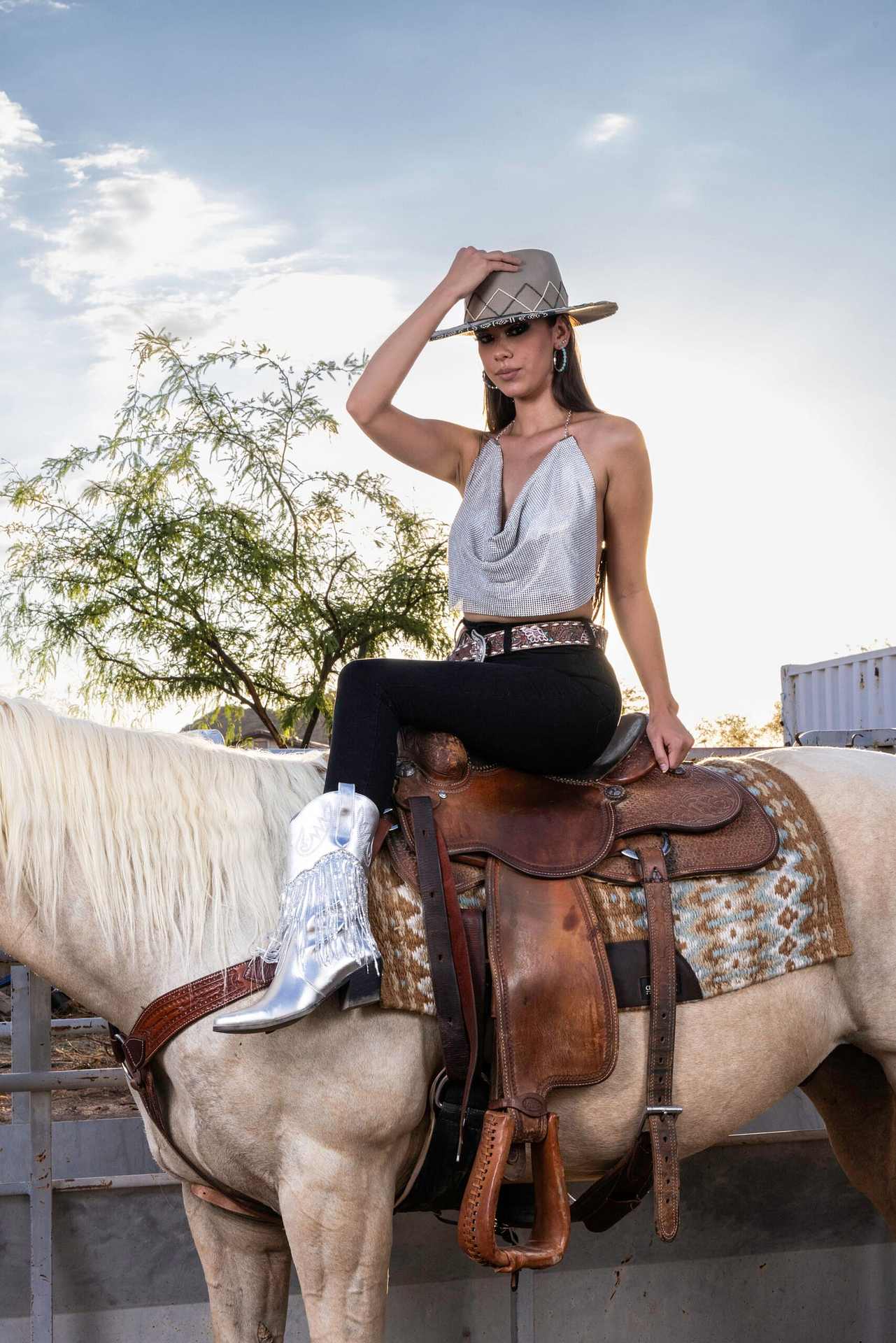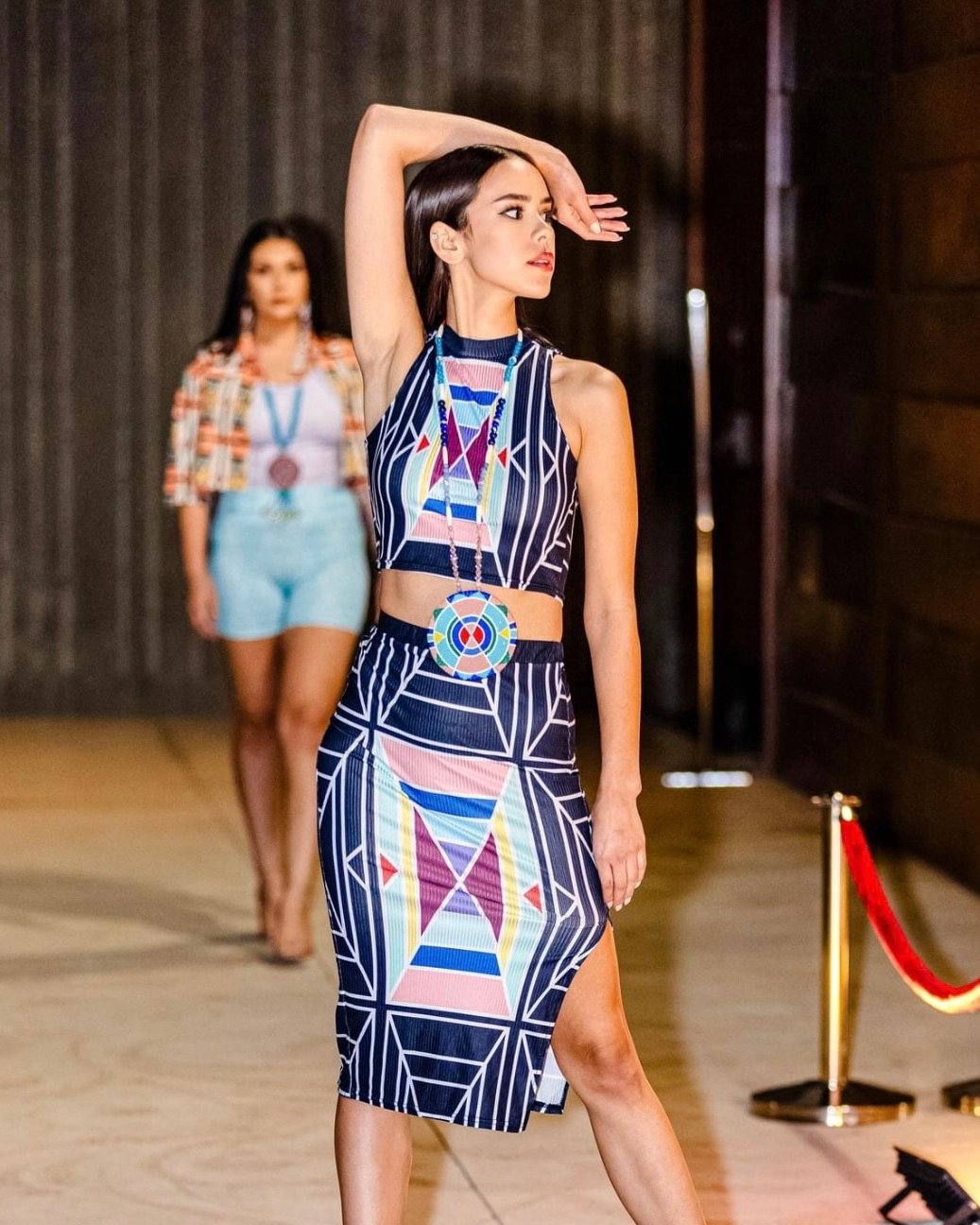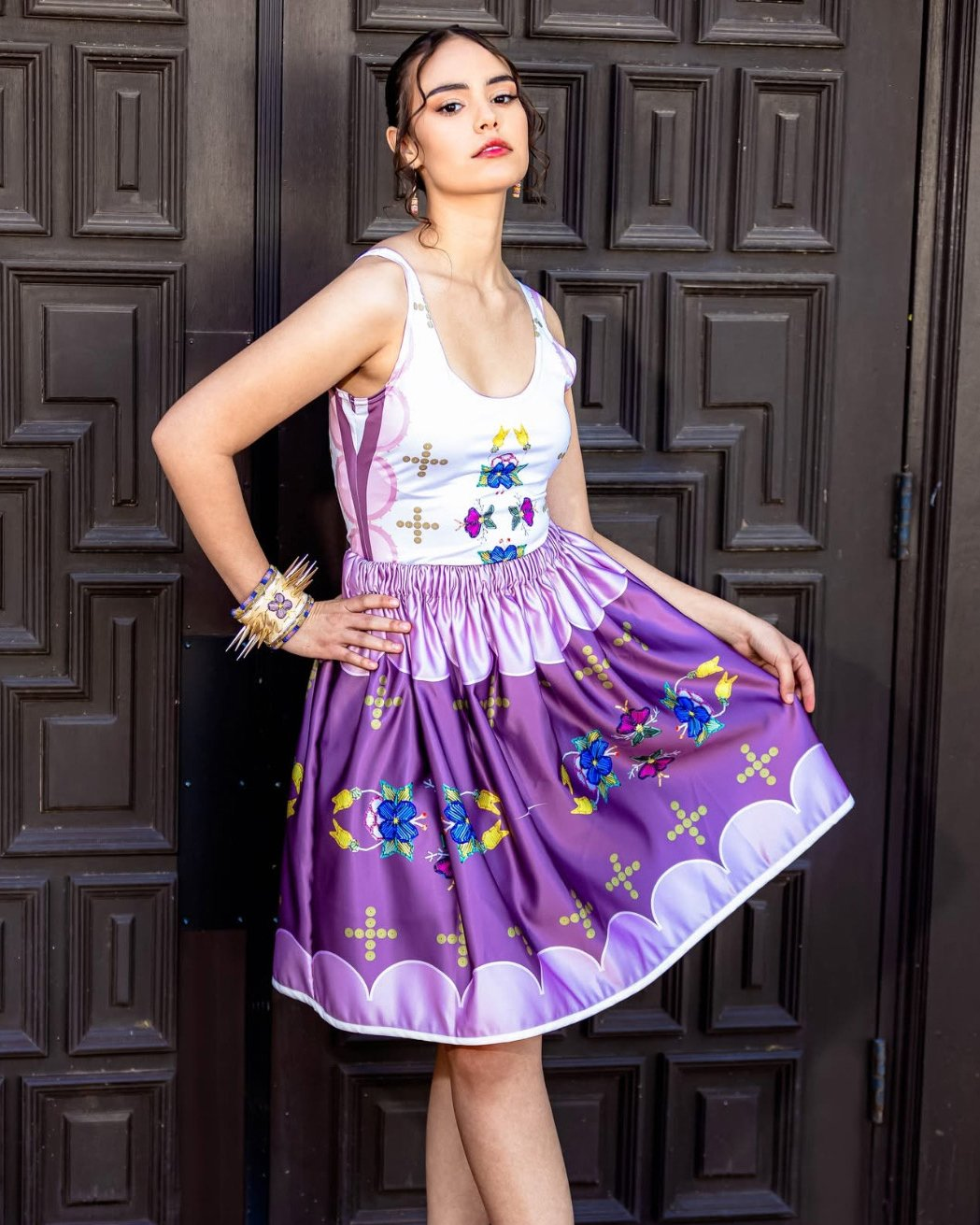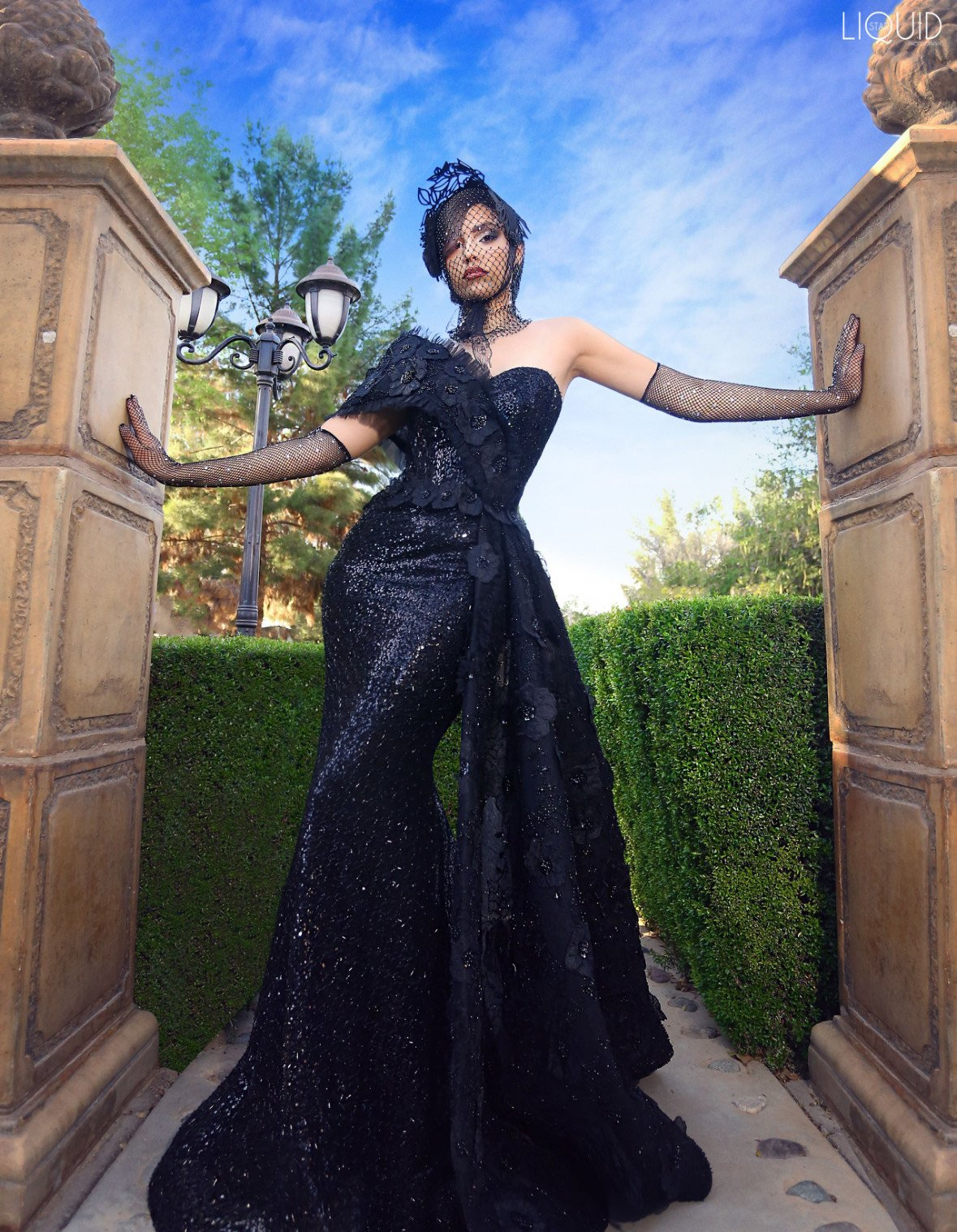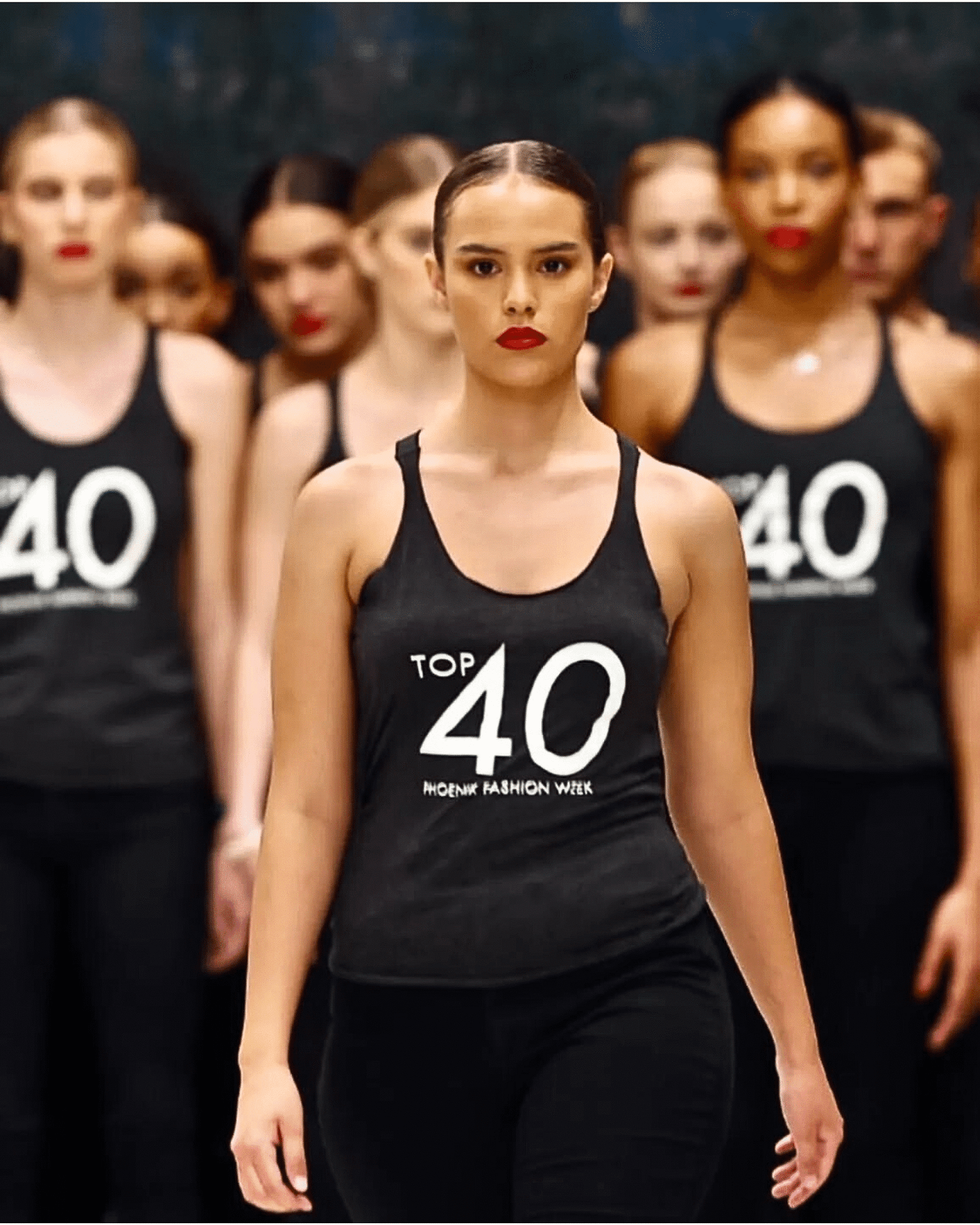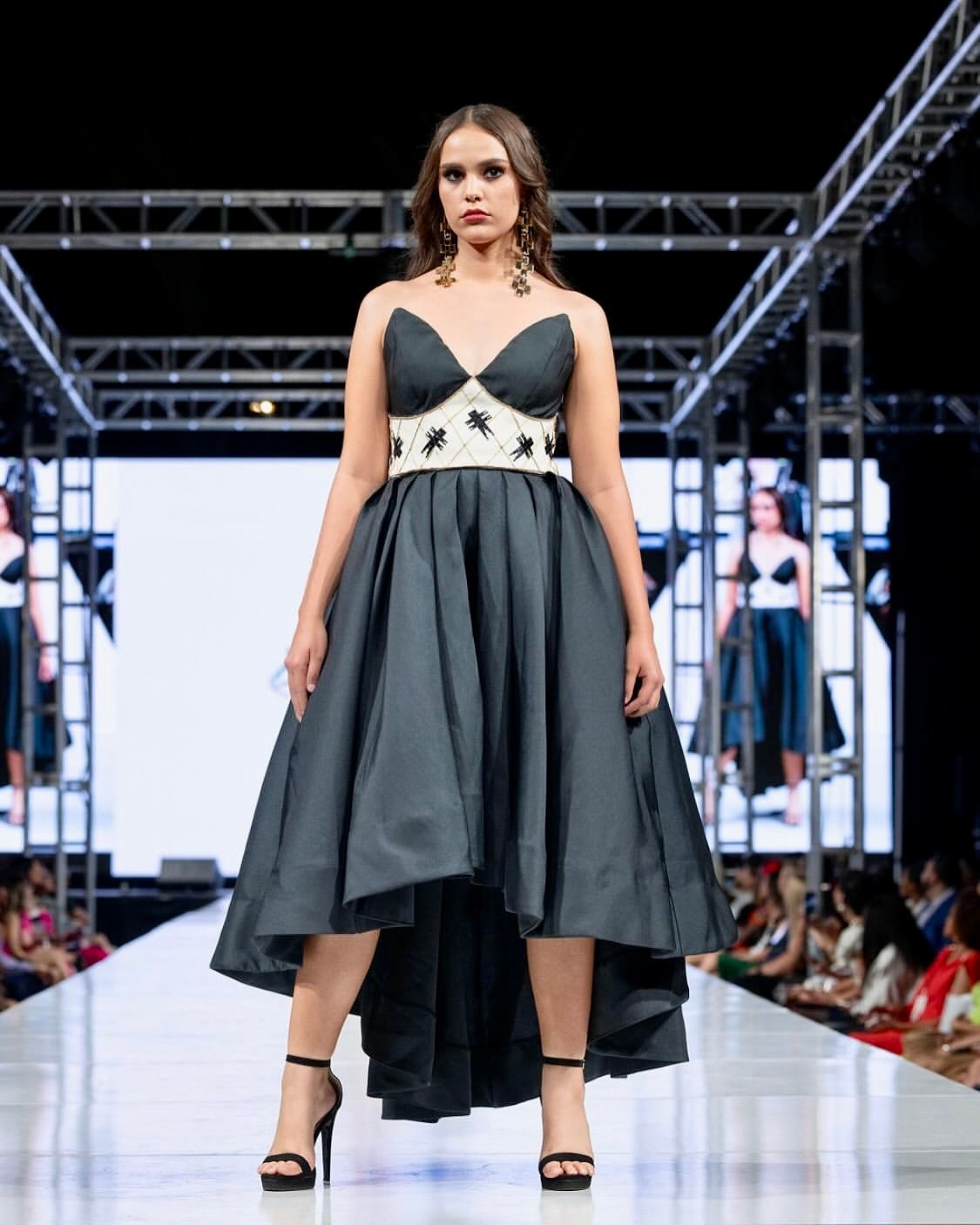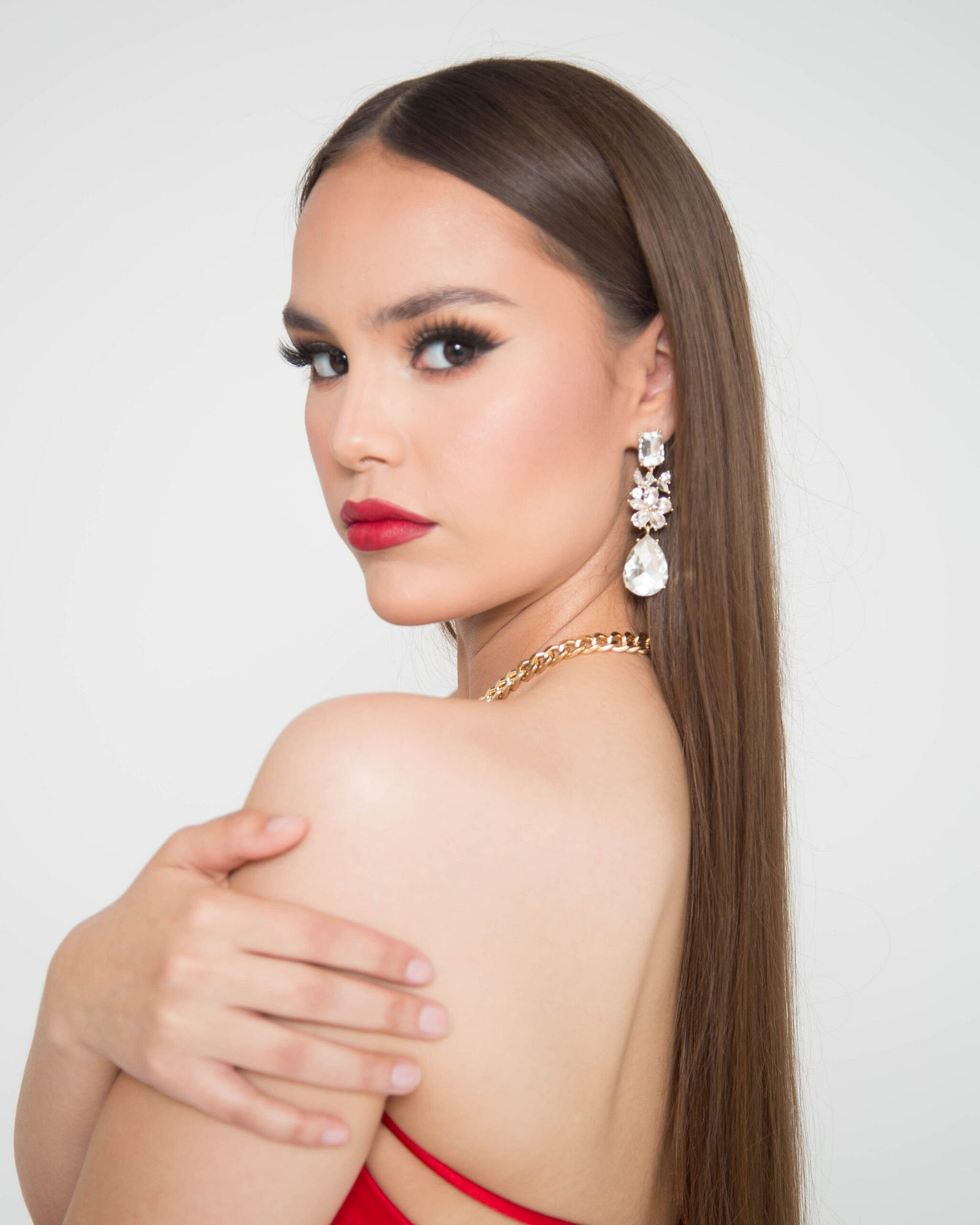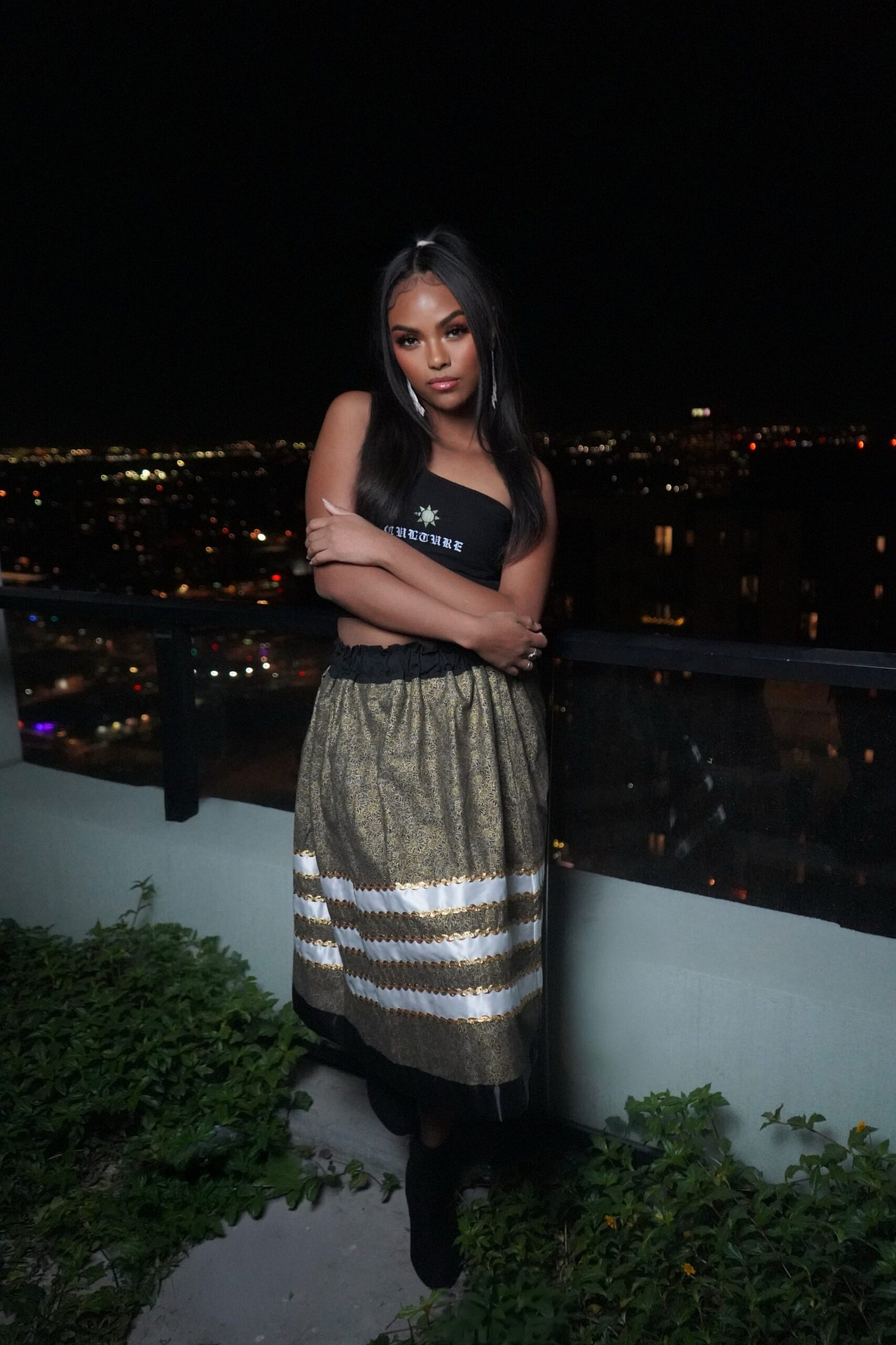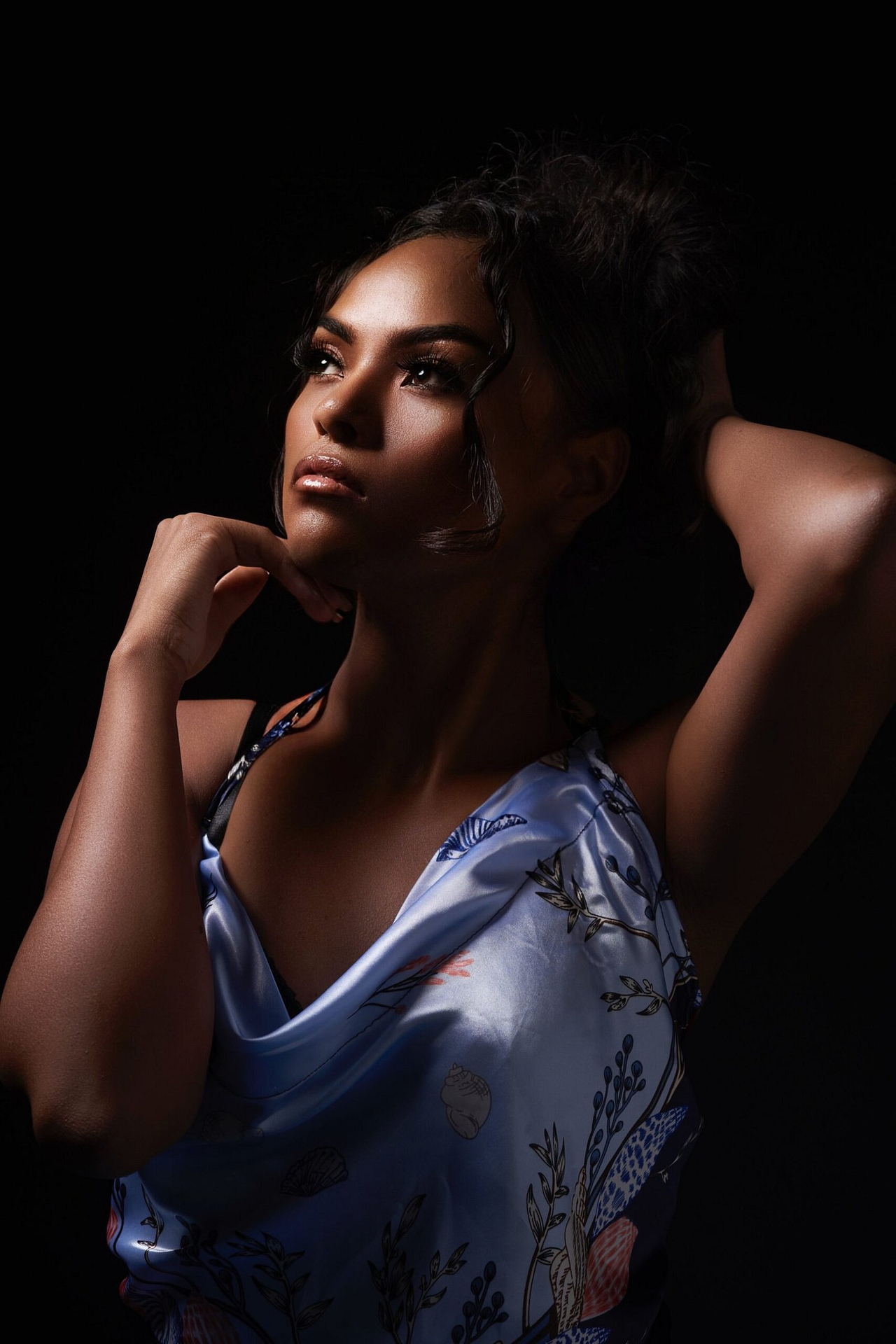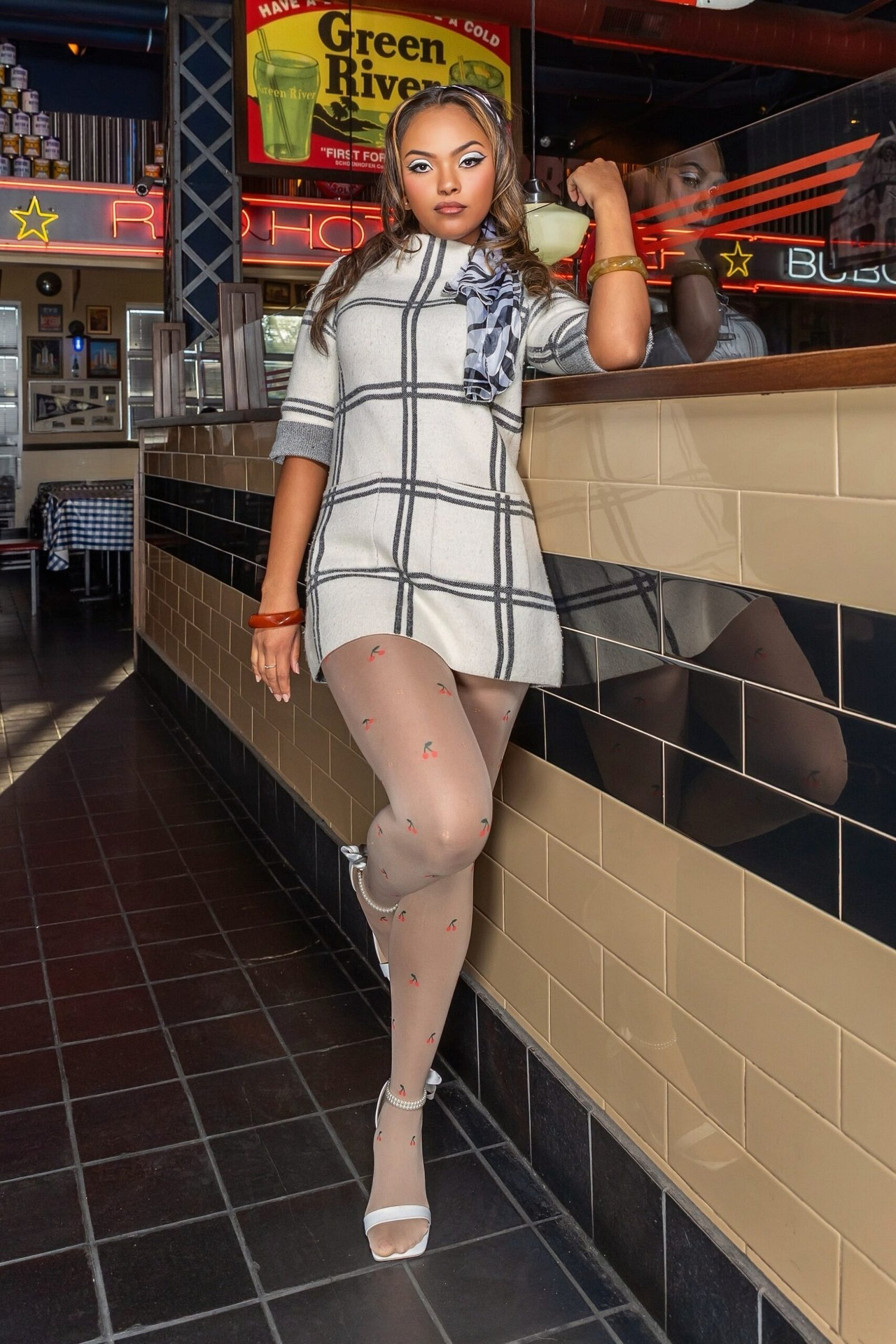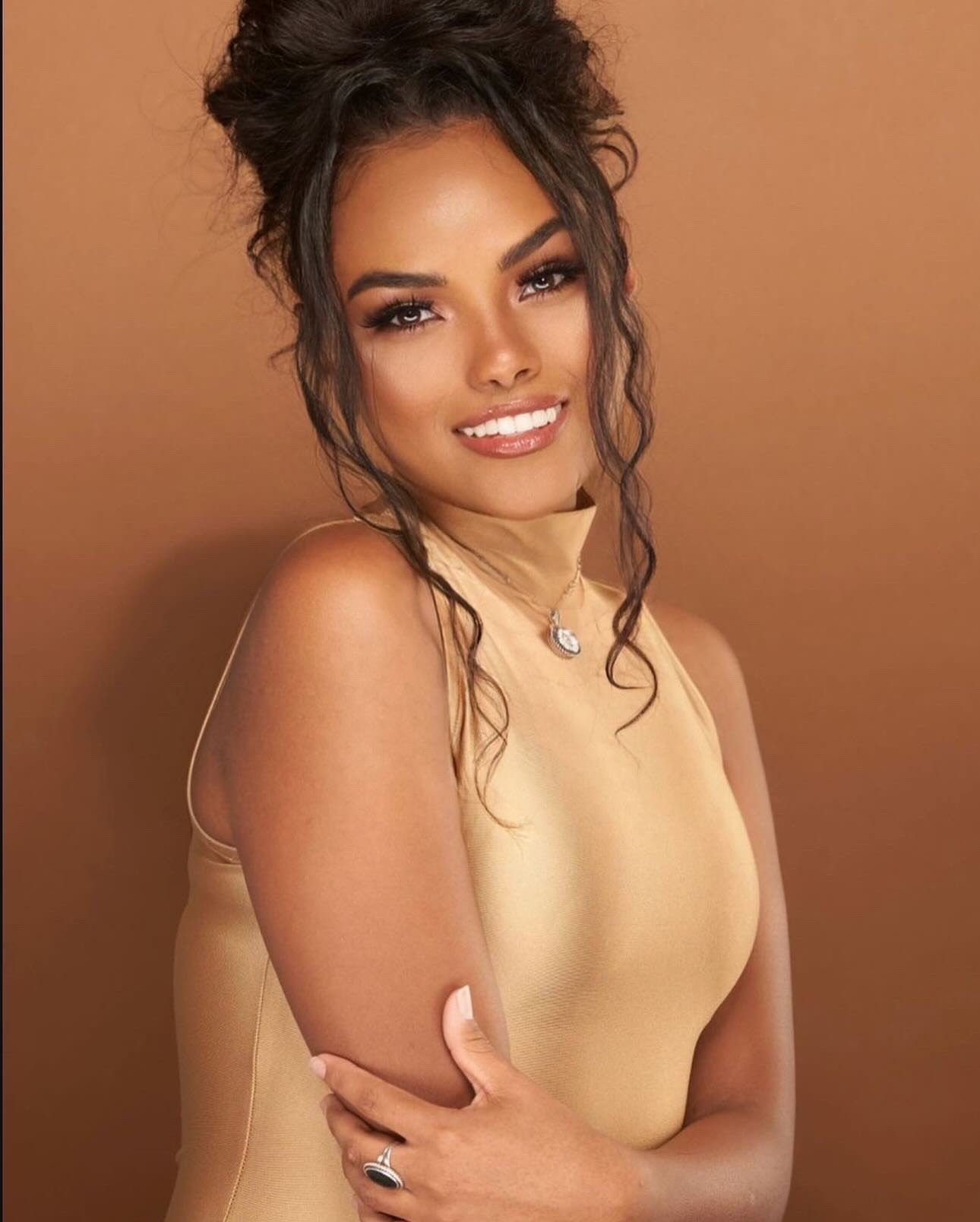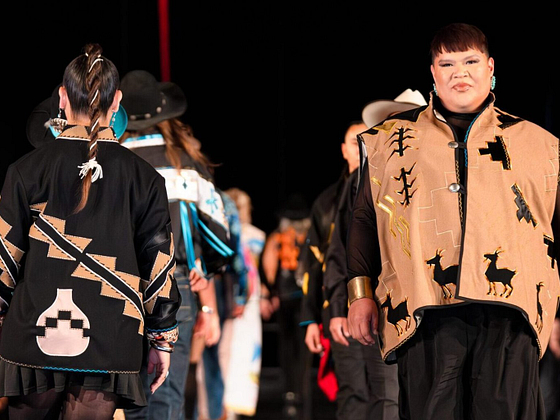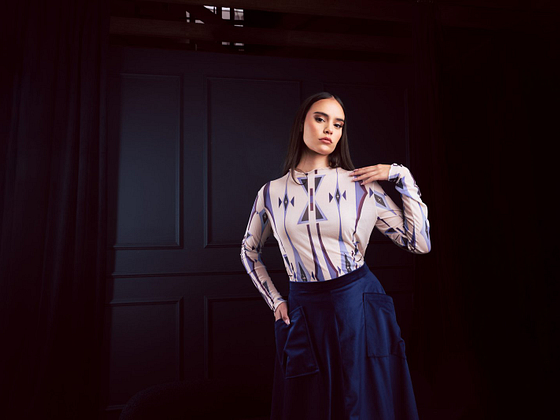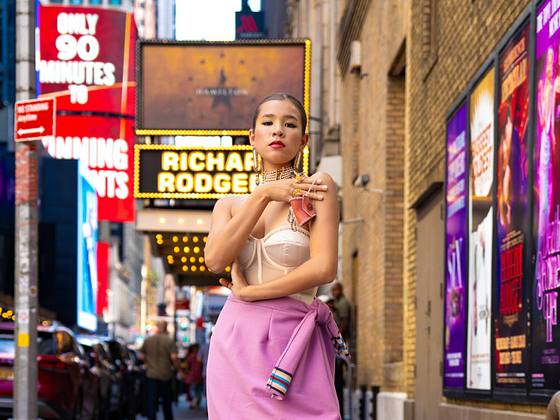Phoenix Fashion Week (PHXFW) continues to grow its foundation of Native representation, a welcomed priority that has become integral to its mission over the last decade. The organization’s business-focused designer bootcamp has helped launch the careers of many successful Native designers, including past Designer of the Year winners Loren Aragon and Red Berry Woman, as well as notable alums Orlando Dugi and Kayla Lookinghorse-Smith. Now, the competition is expanding its scope to include model representation.
Over the course of three months, 40 aspiring models participate in a rigorous bootcamp designed to prepare them for every facet of the fashion industry. They master their catwalks, perfect their posing for editorial campaigns, and learn how to build a professional brand and online presence. Come October, they will showcase all they’ve learned to be named either Male or Female Model of the Year and win a signed modeling contract with The Agency Arizona.

This year, the Model of the Year competition features three Indigenous women: sisters Fern Hoover, 22, and Kiren Hoover, 17 (Anishinaabe/Scottish), both from Casa Grande, AZ, who are returning for their second year. They are joined by newcomer Alanna McCabe, 23 (Diné/Ethiopian), from Grand Falls, AZ. Their inclusion highlights a meaningful step forward for the competition, celebrating not only the artistry of Native design, but the diverse beauty of Indigenous women—a presence that rarely gets seen on the runways of mainstream fashion.
With the competition in full swing, I had the pleasure of sitting down with Fern, Kiren, and Alanna over a Zoom call. Our conversation took us through the highs and lows of their Phoenix Fashion Week journeys thus far, offering a glimpse into the dedication required to succeed. Beyond the bootcamp, we also explored the thriving world of Native fashion, discussing the designers who inspire them and the importance of seeing Indigenous beauty celebrated on a national platform.
Fern Hoover, 22 (Anishinaabe/Scottish)
When she’s not walking the runway, Fern is a UPS Supervisor. She has been modeling for a decade, getting her start at age 12 with her first runway show for designer Cher Thomas at the Huhugam Heritage Center. A DIY creative with a girly, Cottagecore style, she loves to learn new skills such as sewing and Hawaiian dance. Her dream job is to model for Chanel.
Kiren Hoover, 17 (Anishinaabe/Scottish)
With a personal style that leans 90s grunge and alternative, Kiren balances her life as a high school student with her involvement in JROTC. Her modeling career began unexpectedly when she was asked to step in for a fashion show for a no-show model simply because she fit the dress. Now, she looks to designers like Plainssoul for their commitment to sustainability and has her sights set on landing an ad campaign for a major brand.
Alanna McCabe, 23 (Diné/Ethiopian)
Outside of modeling, Alanna is a medical assistant. She’s been modeling for four years but began pursuing it more seriously over the past two years. She’s a creative with a thrifty, vintage style who says her love for drawing and sketching helps her bring more emotion to the runway. Her dream is to become the first Native American woman to walk for Victoria’s Secret.
***
Q: What made you decide to enter this competition, and what was your reaction when you got the call?
Fern Hoover: I wanted to join Phoenix Fashion Week to bring some Indigenous representation onto the runway. I hadn’t really heard of an Indigenous model trying out for PHXFW, so I wanted to let the Native community know that anyone can try out and make it. When I found out, I had just woken up from a nap, so I was super shocked.
Kiren Hoover: I think the reason I wanted to join the competition is because I grew up watching PHXFW, and just seeing all the models up there really inspired me. When I got the selection call, I was super excited. I got it with my sister, and I just remember seeing her face, and we were both really happy.
Alanna McCabe: I first tried out last year, and I had no idea what was going on. I was very nervous and quiet. I had always been bullied for being born with a cleft lip and cleft palate, so my first try was a way for me to come out of my comfort zone and feel accepted. I didn’t get selected, but it was a wake-up call for me. This year, I tried again, but with more experience after doing LA Fashion Week and traveling to San Diego for other opportunities. I felt more prepared and confident. When I got the call that I had made it, I was very excited.
Q: What have you learned from this bootcamp so far?
FH: The bootcamp has taught me the importance of confidence and professionalism. Showing up on time, being at all the events, and being sociable to network with people are all super important.
KH: Being in the program has really helped me with networking. I tend to be quite reserved and quiet around people, so it’s hard for me to come out of my shell. Being with Phoenix Fashion Week has helped me to overcome that.
AM: The bootcamp has really helped me with my model walk. I’ve been watching Fern and others, and I’m like, “Okay, bet!” because they’ve got it down, and I’m over here being their little student. So, I’ve been working on it almost every night in the gym with the mirrors. I feel like I’ve really grown in that aspect.
Q: What stereotypes about Indigenous peoples do you hope to break?
FH: I hope to break the stereotype that we only wear traditional clothing. At fashion events, I’m often asked why I don’t wear this kind of clothing on a daily basis. My response is always, “We do, you just don’t see us.” They forget we’re modern now and wear t-shirts and jeans like everyone else, we just often accessorize ourselves with traditional elements like turquoise jewelry and earrings.
AM: I want to break the stereotypes about what Indigenous peoples are supposed to look like. Many of us are mixed-race, and that doesn’t make us any less Native. My hope is that by bringing our diverse appearances into the open, we can break down those barriers and earn respect from everyone in the community.
Q: How does your heritage influence your work as a model?
FH: My heritage is a big part of my identity as a model, especially when it comes to our hair. Kiren and I don’t cut our hair; we like to keep it long and healthy. Indigenous hair is often pin-straight, and it can be thick and voluminous, which sometimes makes it a challenge to style. But I think it’s beautiful and important to show that representation.
KH: My heritage influences my work by motivating me to support designers from my tribe and other Indigenous communities. For example, if designer Christal Ratt were to reach out to me, I would prioritize her because she represents my Anishinaabe tribe, and I trust her.
AM: My heritage has influenced me to respect my culture, particularly by doing my best to keep my hair long and untouched. There are ceremonies back home where you’re required to have long hair in order for them to slick it back into a tsiyéél – a traditional Navajo bun. So, for me, it’s important to keep my hair as long as possible and to embrace the culture.
Q: Who is your favorite Native fashion brand?
FH: There are so many Native fashion brands I love, but a few that come to mind are Towering Stone, PIDABINIKWE, Osamuskwasis, RAID, and Red Berry Woman. I admire all these designers for creating such beautiful pieces that often incorporate their tribe’s art, style, and materials into their designs.
KH: Red Berry Woman and Towering Stone (formerly known as ACONAV) immediately come to mind. ACONAV played a significant role in my early modeling career, helping me grow and shaping my path.
AM: One of my favorite Native brands is N8iv Beauty, a skincare line that celebrates Indigenous heritage. I admire this brand because it not only uses traditional ingredients but also uplifts Native culture through its branding and storytelling. Their commitment to authenticity, community, and sustainability reflects values I deeply respect.
Q: What advice do you have for young, aspiring Indigenous models?
FH: I would say, stay true to yourself and your culture. Follow your heart and your intuition about what feels right for you on your path.
KH: Just put yourself out there. It’s hard to get started, so be consistent and stay confident. Even if you get rejected, just keep trying and you will eventually get there.
AM: I would honestly say the same, practice and believe in yourself. Never let anyone bring you down. Stay strong, just like our ancestors, and always represent your culture. There aren’t that many big Native celebrities out there who were born and raised in their culture and can speak the language, so take advantage of your unique identity and use it to grow and stand out.
***
Like the bootcamp designers who came before them, Fern, Kiren, and Alanna are navigating what it means to be Indigenous in a mainstream world, where their culture is always at the forefront of what they do. Their dedication to staying true to themselves while breaking barriers in the fashion industry is a testament to their strength and a powerful step forward for Indigenous representation.
To follow their journey to PHXFW in October, follow PHXFW’s Instagram.

